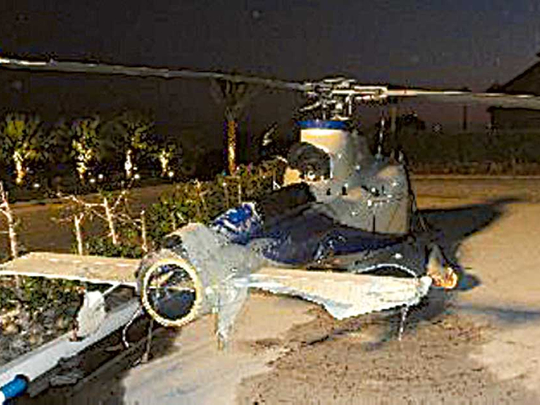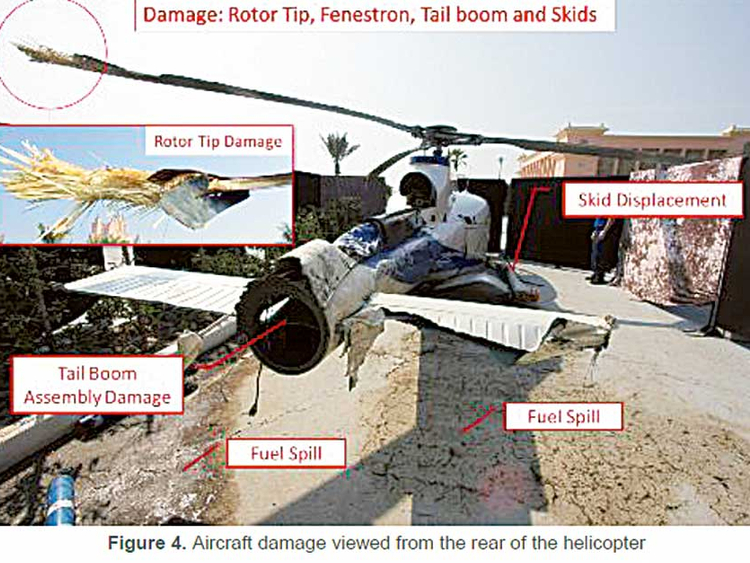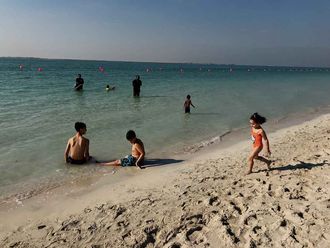
Dubai: A federal accident report into the January 2014 crash of a helicopter shortly after take-off from Atlantis The Palm heliport recommended all light commercial aircraft operating in UAE be equipped with at least one crash-protected flight recorder.
Larger aircraft such as long-haul international passenger jets are equipped with black boxes that record all flight activities to help investigators piece together events leading up to major aircraft mishaps.
The report suggested that smaller aircraft such as helicopters should also be required to carry such devices.
On January 22, 2015, the chopper — identified as an Airbus EC-130 B4 — was taking off with an intended flight to Dubai International Airport when the pilot made an “aerobatic” turn, lost control of the helicopter and crashed on the heliport, according to the report.
The authors of th report said “the pilot operated the aircraft in a negligent and reckless manner on departure by turning the aircraft rapidly, which was not in compliance….”
The pilot and the helicopter-landing officer (HLO) suffered serious injuries, according to the 52-page report issued on December 28, 2016, by the Air Accident Investigation Sector of the General Civil Aviation Authority (GCAA). There were no fatalities.
Officials pointed out that the report was compiled to determine findings and causes of accidents, and not to assign blame.
The report stated that authorities should consider “to mandate the installation of minimal one crash protected flight recorders (flight data recorder, or cockpit voice recorder, or airborne image recorder) for light aircraft commercial air transportation operating under UAE AOC.”
Investigation determined that the “acceleration of the inertia reel due to the rotational inertia acting on the pilot and HLO of the aircraft during the initial phase of the take-off was insufficient to activate the 1.5g locking mechanism. This subsequently allowed their upper torso to be propelled forward due to the high rotational inertia generated by the excessive yaw manoeuvre.”
The rotational rate of the take-off and turn lead to an “unstable condition developing outside of the pilot’s ability to respond, resulting in a loss of control in-flight (LOC-I) and impact with the heliport,” the report stated.
The General Civil Aviation Authority noted in its report the safety actions taken by helicopter operators Helidubai following the accident.
The report said that “to ensure that Helidubai employs a suitable candidate, a new pilot selection board was introduced. The board would convene and consist of senior management and post holders. Employment is only offered after an extensive selection process and to those with an instructional background.”
Following the accident, “the Helidubai fleet was reduced and the EC130-B4 was disposed of and was not replaced.”













